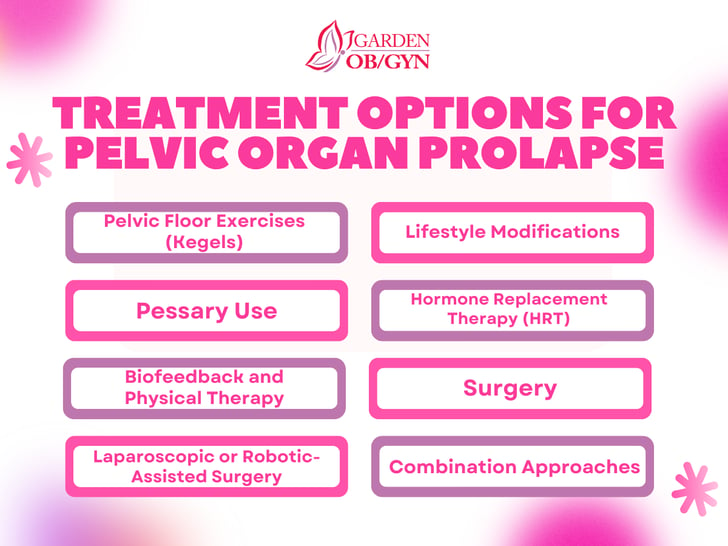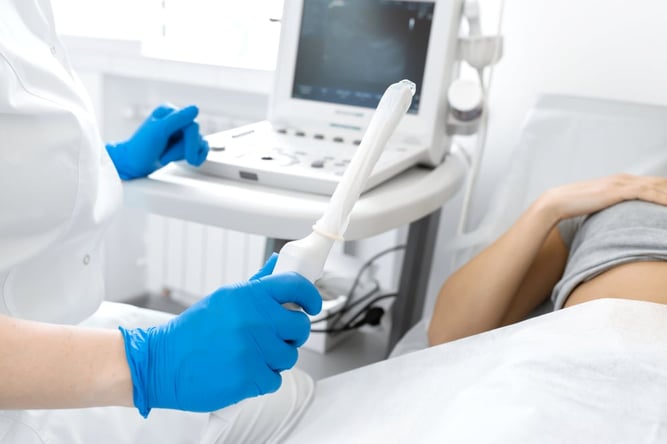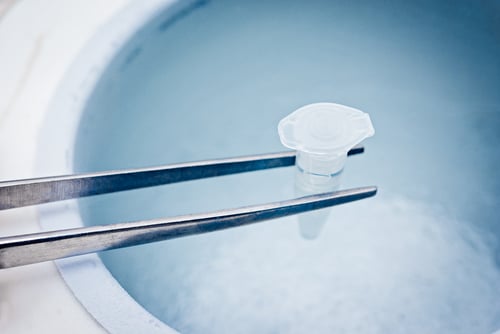Treatment Options for Pelvic Organ Prolapse
In this article, we will explore the diverse range of treatment approaches available for pelvic organ prolapse, aiming to provide insight into the choices individuals may consider.

Pelvic organ prolapse (POP) is a condition that can be effectively managed through a variety of treatment options. Understanding these options is crucial for individuals experiencing prolapse and their healthcare providers. In this article, we will explore the diverse range of treatment approaches available for pelvic organ prolapse, aiming to provide insight into the choices individuals may consider.
-
Pelvic Floor Exercises (Kegels): Strengthening the pelvic floor muscles is often a foundational step in managing pelvic organ prolapse. Kegel exercises, which involve contracting and relaxing the pelvic muscles, can improve support for the pelvic organs and reduce symptoms.
-
Lifestyle Modifications: Adopting certain lifestyle changes can contribute to the management of pelvic organ prolapse. Maintaining a healthy weight, avoiding heavy lifting, managing chronic conditions like constipation, and incorporating regular physical activity into daily life can positively impact pelvic health.
-
Pessary Use: A pessary is a removable device inserted into the vagina to provide support to the displaced organs. This non-surgical option is particularly beneficial for those who wish to avoid or delay surgery, and it comes in various shapes and sizes to suit individual needs.
-
Hormone Replacement Therapy (HRT): For postmenopausal women, hormone replacement therapy may be recommended to address hormonal changes contributing to the weakening of pelvic tissues. HRT can help improve tissue elasticity and alleviate symptoms.
-
Biofeedback and Physical Therapy: Biofeedback, combined with physical therapy, can assist individuals in gaining better control over their pelvic muscles. This therapeutic approach involves using electronic monitoring to provide feedback on muscle activity, helping individuals learn how to strengthen and coordinate their pelvic floor muscles.
-
Surgery: In cases where conservative measures are not sufficient, surgical intervention may be recommended. Various surgical options exist, including the repair of weakened tissues, removal of excess tissue, or in severe cases, hysterectomy (removal of the uterus). The choice of surgery depends on the severity of prolapse, individual health factors, and personal preferences.
-
Laparoscopic or Robotic-Assisted Surgery: Minimally invasive procedures, such as laparoscopic or robotic-assisted surgery, offer an alternative to traditional open surgery. These approaches involve smaller incisions, resulting in shorter recovery times and reduced postoperative discomfort.
-
Combination Approaches: In some cases, a combination of treatments may be recommended. For example, pelvic floor exercises may be complemented by a pessary, or surgery may be followed by physical therapy to optimize outcomes.
The array of treatment options for pelvic organ prolapse underscores the importance of individualized care. Consulting with a healthcare professional is crucial to determine the most suitable approach based on the severity of prolapse, overall health, and personal preferences. Whether opting for non-surgical interventions or considering surgical procedures, the goal is to enhance the quality of life for individuals affected by pelvic organ prolapse. Remember, informed decisions and collaborative discussions with healthcare providers pave the way for effective and personalized treatment plans.
































